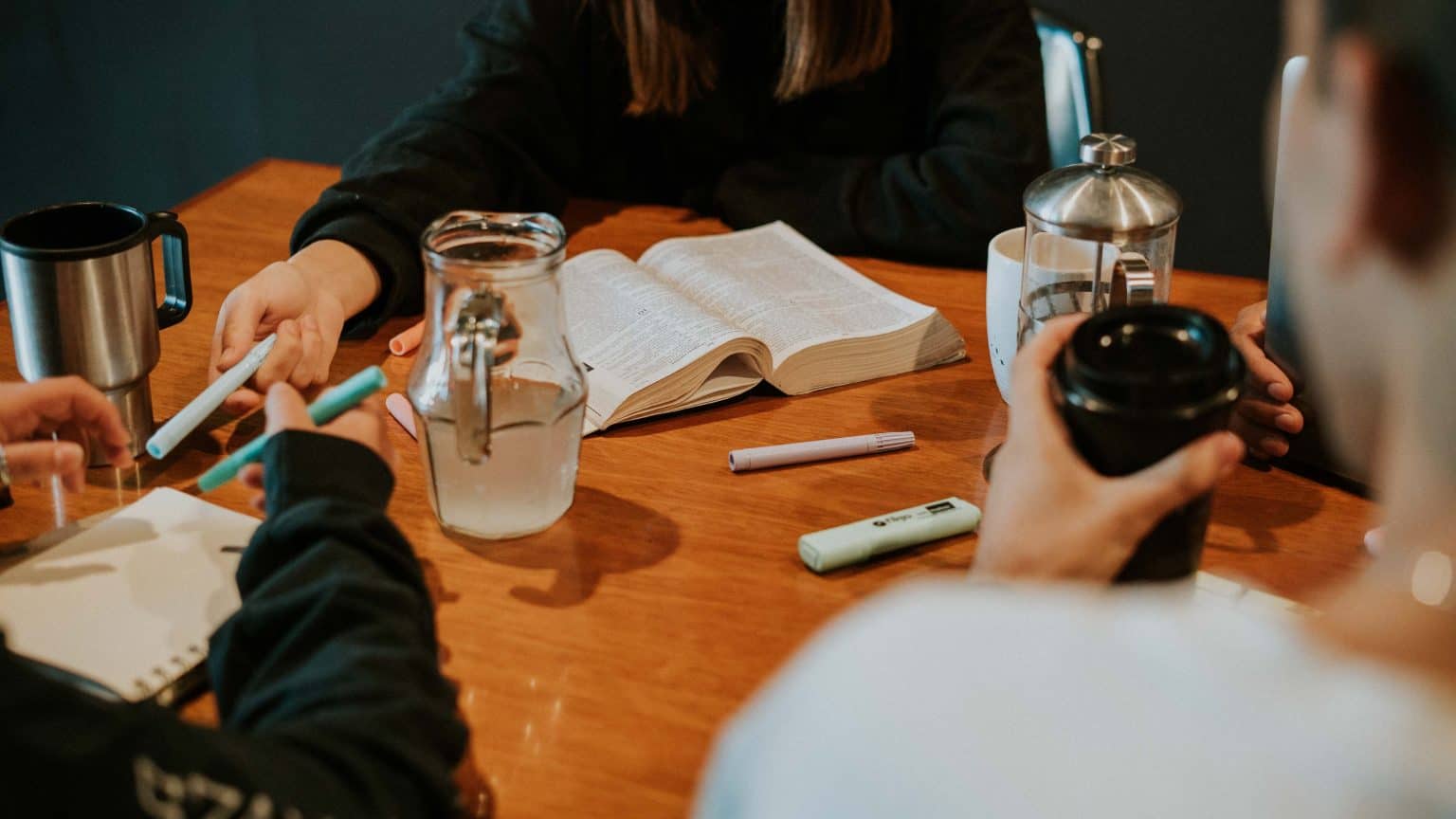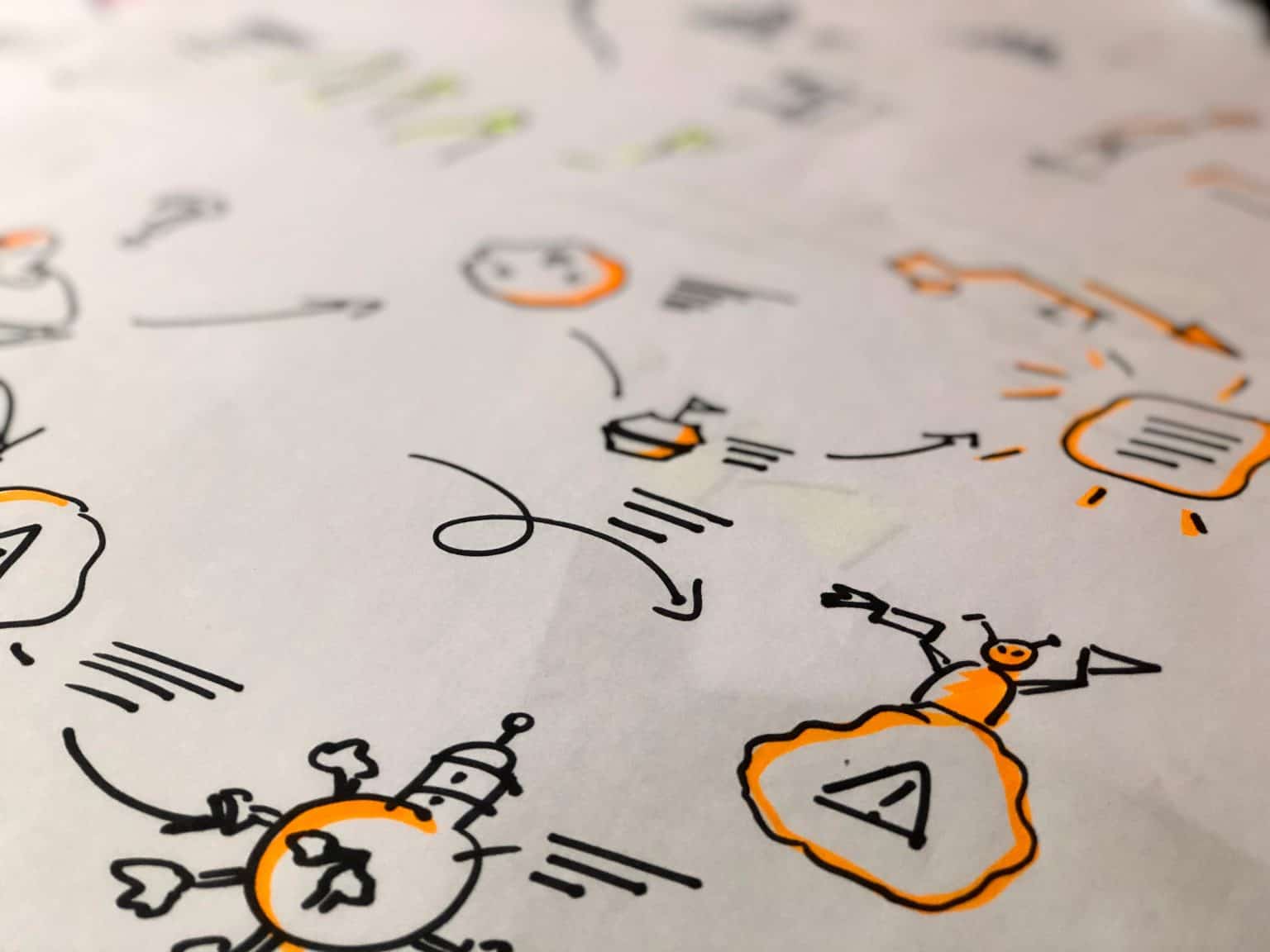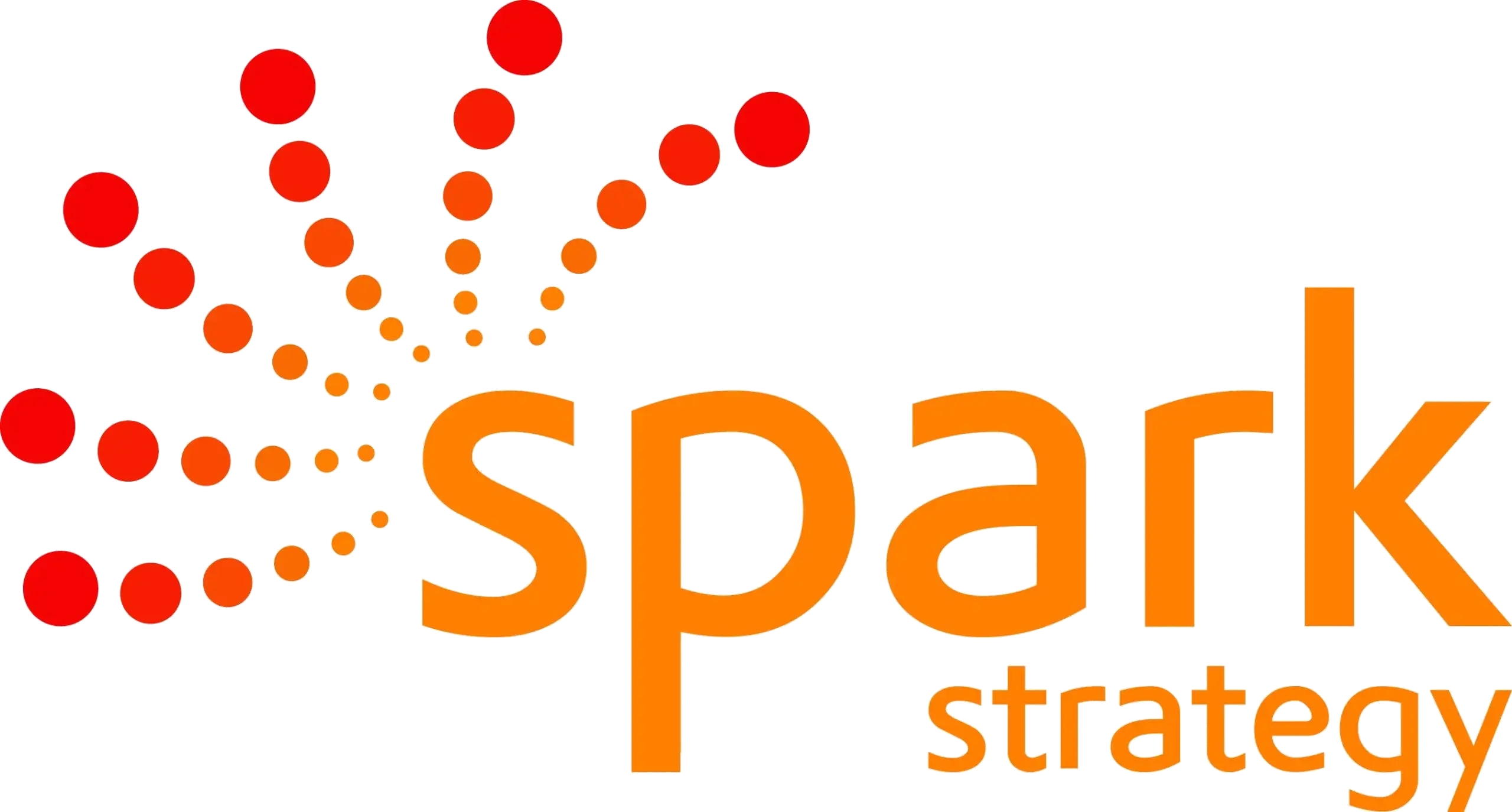Facilitation
We help for purpose organisations with strategic planning, business models and operating models for a better impact.

Facilitation and co-design: What are they, what skills they require and our top tips
No matter whether you have to wrangle 100 stakeholder through an innovation workshop or drive outcomes around a board table, it’s key to understand the different types of facilitation. In this article, we delve into key considerations and skills so you can adopt the right facilitation approach
We’re a highly interpersonal firm so our day-to-day includes workshops, focus groups, meetings, 1:1 and small group interview discussions, and surveys. This means we’ve been brought in to facilitate stakeholder engagement and community engagement for literally thousands of organisations. Our experience includes facilitation of strategic planning workshops with Boards and Executives, engaging thought leaders about the wicked social problems facing their communities, or hearing directly from and co-designing solutions with people with lived experience.
Each facilitator has their own style and approach, which means that great facilitation comes in many guises. Regardless, great facilitation requires certain skills and always has to balance many considerations. With this in mind, we’ve written an overview of what facilitation is, the skills it requires and our advice on how to be an effective facilitator.
Contents
Focus: Ideas-based, decision-making and educational
Approach: Structured, semi-structured and unstructured
Engagement size: Whole group, small groups, pairs and individual reflection
Attendees: Community or customers, team, partners and leaders
Platform: In-person, by phone or online
The importance of effective facilitation, co-design and stakeholder engagement
Our advice on how to facilitate
Facilitation: Our Sparkie style
Benefits of facilitation by Spark
What is facilitation?
Facilitation is ultimately about coordinating a conversation. Typically, facilitation is used to describe the act of facilitating a workshop, meeting, training event, conflict resolution session or 1:1 discussions.
What is co-design?
Co-design is the act of involving all stakeholders – such as staff, partners, funders or customers, and community members – in the design of models, strategies and other solutions. Co-design is the short-form of co-operative design and is sometimes referred to as participatory design.
Types of facilitation
Facilitation can take many forms. We’ve summarised a handful of the components and types of facilitation below.
Focus: Ideas-based, decision-making and educational
Facilitated sessions can vary in terms of their focus. Some are focussed on generating ideas, hearing insights and thinking creatively. Other sessions bring people together to reach consensus and make a collective decision. In addition, facilitation can be a means of education and training, through sharing information and building skills. Some sessions may blend a mix of these three outcomes. As an example, conflict resolution facilitation may fit into all three of these categories; participants may share their experiences and feelings, brainstorm creative solutions to the conflict at hand, learn from one another, and come together to decide on the path forward. Depending on the facilitator(s) and the participants, this could take one or many facilitated sessions.


Approach: Structured, semi-structured and unstructured
Facilitation approaches can range from highly structured, to semi-structured, all the way through to unstructured. A highly structured facilitated session is likely to have a set agenda as well as specific questions and activities to closely guide what participants think and speak about. A semi-structured approach tends to have some questions or prompts, whilst also providing freedom for attendees to steer topics for discussion to what they think is important. Unstructured facilitation is about participants setting the outcome, format and/or approach of the session.
Engagement size: Whole group, small groups, pairs and individual reflection
To ensure everyone has a chance to participate, facilitators may allocate attendees into groups of different sizes. A whole group facilitated discussion is often a good opportunity to present or share key information and work towards a collective decision. Breaking participants in a facilitated session into small groups can be a means to have more robust, meaningful discussion. Small groups can also be a better platform to hear from people with a quieter disposition. This can be further enhanced when facilitators get people to work in pairs – when there are only two people in the group, there’s nowhere to hide and you’re forced to contribute! Finally, facilitation that involves individual reflection – whether that’s drawing, writing or an online poll – can be an effective way to change a workshop dynamic and suit the different personalities in attendance.


Attendees: Community or customers, team, partners and leaders
Facilitation can be a means of community engagement or broader stakeholder engagement. Facilitated sessions may include a particular stakeholder group (e.g. customers in a particular geography) or a blended group of stakeholders (e.g. team members, board directors, partners and community representatives). Regardless of who is attending, it’s vital for the facilitator to consider participants’ interests, knowledge levels and individual agendas, so that an appropriate outcome and agenda can be developed.
Platform: In-person, by phone or online
Facilitation often happens in-person, which enables facilitators and participants to see one another (and therefore read non-verbal cues) as well as collaborate on activities using butcher’s paper and post-it notes. In addition, whether it’s due to geographic distance, financial reasons or physical distancing arrangements, there may be a requirement or a preference for online facilitation. Remote facilitation also requires consideration of a number of things, including what platforms will be used, such as for videoconferencing or teleconferencing, online polls and online whiteboarding.

The importance of effective facilitation, co-design and stakeholder engagement
Effective facilitation, co-design and stakeholder engagement is a key enabler to gaining powerful insights, making strategic or difficult decisions with collective input, sharing information and plans, and creating ownership of solutions and strategies. Alternatively, when facilitation, co-design and stakeholder engagement do not go well, representatives of your team, community and partners can feel confused, disconnected and frustrated.
Facilitation skills
Exceptional facilitators make it look like a walk in the park but effective, engaging facilitation isn’t easy. Great facilitators wear many facilitation ‘hats’ and have a range of facilitation skills, including:
Listening and observing
actively listening when people are speaking as well as keeping an eye on general noise levels and non-verbal cues.
Asking the right questions
querying and probing to ensure different perspectives are heard and so that conversations cut to the core of the matter at hand.
Communicating guidelines and instructions
as well as asking the right questions, facilitators need to do so with clear instructions around how sessions will be run, who will take notes etc.
Synthesising insights
grouping insights into themes and playing back key themes throughout the session. This can happen through a verbal summary or visually e.g. through a drawing on a whiteboard.
Taking notes
this can be through the facilitator jotting down key points during engagement. Preferably, the facilitator may assign a dedicated note taker or nominate a participant to be a scribe for small group or pair exercises.
Being prepared and organised
having the physical space, technology and materials ready to go before the session, rather than figuring it out last minute.
Time keeping
keeping track of the session timings and communicating how long participants have for discussions and activities.
Being flexible
if the plan isn’t working or the intended timings are off track, it’s imperative to adapt and find a new solution on the fly.
Maximising inclusion and participation
ensuring everyone feels comfortable and included so they are empowered to participate. Hearing from both extroverted and introverted attendees is key here.
Calling out and resolving conflict
embracing robust discussions, which include different perspective and disagreement. This also includes calling out and responding to disrespectful or inappropriate behaviour. If there is a disruptive member of the session, it can be helpful to talk to them (either in a whole group discussion or separately) to understand and respond to their position. Another good facilitation approach is moving between whole group, small group and paired discussions so that the disruptive individual gets to hear a diversity of views.
Being able to build consensus
for instances where decisions need to be made, moving past differences in opinion to build consensus as a collective.
Focussing on outcomes
ensuring that the session is driving towards agreed outcomes and bringing any wayward conversations back to these outcomes. This is a critical consideration throughout, be that structuring an agenda, asking a question or synthesising the discussion.
Entertaining the group
keeping a positive energy during facilitated sessions by smiling, cracking jokes, sharing anecdotes etc.
In addition, a level of digital capability is required for remote facilitators, which will vary depending on the platform(s) used for the session.
It’s worth noting that these facilitation skills do not all necessarily all need to sit with one facilitator. For example, there might be a facilitator who is asking questions and playing back what they hear, whilst someone else monitors the time and takes notes.
Our advice on how to be a good facilitator
Having facilitated more than our fair share of sessions at Spark, we’ve put our heads together as a team to share our key tips and tricks for effective facilitation:
- Be clear on your outcomes – make sure you and everyone in the workshop knows the outcomes you’re seeking. These outcomes can be determined in advance or at the start of the session. If you are running a series of facilitated sessions, think about the overall outcome and how each workshop fits together to drive the big picture.
- Get prepared – send any pre-reading materials at least a week in advance of the workshop including sharing key questions for consideration. If you’re running a structured or semi-structured facilitation, have your specific activities and questions ready to go, including writing up any butchers’ paper templates and mapping out anticipated timings.
- Frame the conversation – set the scene effectively by opening with an introduction, acknowledgement or welcome of country, and a clear summary of the session’s focus. Within this, consider who is best placed to welcome and thank attendees – is this the facilitator, the CEO, the Chair or someone else?
- Ditch the Powerpoint slides – wherever possible, avoid death by Powerpoint. Actually, try to avoid Powerpoint full stop. If you do have to present something, make the slides highly visual with as little text as possible.
- Clarify facilitator roles in advance – remember that whoever facilitators generally isn’t able to participate as actively. Carefully consider who will facilitate and if you can, nominate a scribe to take detailed notes during the session. For online facilitation, try to allocate the following roles amongst three people: lead facilitator, note taker and tech support.
- Mix up the approach – as a facilitator, it helps to use a mix of engagement formats. Have you used both whole group and small group discussion during the facilitation? Would pairs or individual reflection work well in the session? Can you get participants to stand around a whiteboard or piece of butchers’ paper stuck to the wall, instead of sitting down?
- Fight and unite – get comfortable with (respectful) conflict, in the interest of building consensus. If there is a disagreement or resentment, this needs to be aired and resolved before the conversation can really move forward.
- Keep the energy up – during facilitation, encourage participants to get up and move and to take regular breaks. If it’s available to you, have a light filled room and check the temperature of the room is appropriate. (If in doubt, a little colder is better to avoid people getting warm and sleepy.) Oh, and crack some jokes.
Spark Managing Director George Liacos has also shared his key tips on how to facilitate in the below video.
Facilitation: Our Sparkie style
At Spark, we support social change and innovation in organisations by facilitating better meetings and supporting more effective conversations. We believe that being a good facilitator isn’t the same as knowing how to manage people or run a meeting. It all comes down to understanding the tools and structures that help people collaborate.
As we’ve mentioned earlier in this article, a productive workshop requires careful up-front planning, rigorous preparation, and skilled facilitators. Our consultants are experienced facilitators with deep knowledge and experience of team and group dynamics. We offer the full range of professional facilitation services to deliver a successful workshop, from planning to delivery. Depending on your specific objectives, there are several types of workshops we can help you facilitate including:
- Strategic planning
- Community engagement and co-design
- Business model ideation
- Government relations
- Impact measurement
- Operational or action planning
Our approach to facilitation
Our facilitation process has been continually refined but has always remained highly interpersonal and collaborative. We tailor our approach to each unique situation and are committed to bringing the best out of every group. Our creative approach is often supplemented by rigorous research and preparation as well as write-up and follow-through, which ensures that the inspiring ideas can be practically achieved, rather than ending up lost in a glossy report.
Spark tailors the format and content of all workshops, meetings, focus groups and interview discussions to the specific interests and needs of your organisation. Our team of skilled facilitators use presentation techniques that encourage active participation driven by a fast-paced and meaningful agenda so participants leave with a profound sense of purpose.
While we do employ some traditional consulting tools throughout the journey, we prefer not to lead with these. Where appropriate, we take advantage of the full range of tools for meetings and workshops, and select them based on the purpose of the engagement and who will be involved. The below are examples of facilitation tools we find can be helpful:
- World Café – a simple format for hosting and iterating large group discussions. World Café involves groups of participating rotating around different themes or questions, building on the thinking of the other groups who have already discussed the topic at hand.
- Ideation mash-up – a tool to generate a large quantity of ideas by combining solutions, products and services from two seemingly unrelated sectors or categories.
- The 6-3-5 method – another technique to rapidly generate ideas. The name is the description here as the 6-3-5 method entails six participants brainstorming three ideas in a five minute timeframe.
- Paired listening – a technique to encourage active listening, which enables everyone to be heard. Essentially, workshop participants are allocated into pairs, who alternate between speaking and listening for set time periods e.g. 2 minutes for one person to share their ideas, then switch roles.
- Role plays and simulations – an opportunity for workshop participants to practice their acting skills by role playing (or simulating) a particular individual or stakeholder group. This can be a great way to effectively consider someone else’s experiences and views.
- Porter’s Five Forces – this framework is a means to consider the role of competition in strategy. The competitive forces to consider include the: threat of new entrants; threat of substitutes; bargaining power of customers; bargaining power of suppliers; and competitive rivalry.
- PESTLE analysis – a tool to track trends, disruptions and considerations in the external environment. PESTLE stands for political, economic, social (or socio-demographic), technological, legal and environmental. Sometimes it can be abbreviated to the first four components, which creates a PEST analysis.
- Force Field Analysis – a means to assess the forces supporting and resisting change. This tool was originally developed in the 1940s in the social psychology field but has since been used for strategic business decisions.
Benefits of facilitation by Spark
Spark’s unique facilitation style and process have proven to bring great benefits to our clients. The use of Spark as an external facilitator equates to an approach that is both effective and non-threatening, and encourages the participants of meetings and groups to attain their fullest potential. Some of the positive consequences of our facilitation include:
- Effective use of your time and money. We help you accomplish more in less time by producing consistent forward momentum and reducing the need for excessive multiple meetings.
- Greater engagement and buy-in. We employ a number of group dynamic techniques that maximise the opportunities for all participants to be heard, engaged and involved. This ties in closely with our interpersonal, human-centred approach.
- Taking the power dynamics out of the room. In a co-design or other facilitated session, you may find yourself in a situation where you have a range of stakeholders in attendance. This could include a funding body, service provider and recipient of services all in the same workshop. It is essential to remove the usual power dynamics (often driven by knowledge and capital) to ensure respect and enable creativity. Begin by acknowledging that every voice is equal, and assign roles in group activities that counter the usual power dynamics.
- Better recording and insights. As an independent party, we listen and summarise the various statements in consistent ways that give weight to all the different voices, and help to identify areas of agreement and issues that are still unresolved.
- Enhanced outcomes. We help generate previously unconsidered, creative solutions that are supported by all members, and allow a true sense of shared ownership. We do this by sharing learnings from our work in the for-purpose sector and by asking provocative questions to shake up the thinking.
- Facilitation of lived experience. When designing new services or systems that have a social outcome in mind, it is essential that the voice of those with lived experience is at the centre. Facilitation that includes participants with lived experience of a social challenge can drive incredible insights, but the sessions need to be managed appropriately. Assess the risk beforehand and ensure support is on hand if the conversations bring up any challenges for individuals. If people do start to find the content challenging, make sure as a facilitator you’re not just pushing through activities to make your agenda work. Equally, you must acknowledge if you’re not the right type of support and refrain from amateur counselling during the session. It’s all about balancing technical facilitation with emotional intelligence.
- Have fun. We take our work seriously and we’re serious about having a good time. Our experience indicates that teams and groups who have a laugh together are often more productive, deal with conflict better, and effectively reach consensus. To top it all off, a hearty chuckle is good for your mental and physical health to boot.
Concluding remarks
Ultimately, facilitation is essentially about creating impactful conversations. As humans, it’s completely natural for us to engage in this way and it can also be a relief that, even if you’re an expert in your field, it shouldn’t be up to one person alone to come up with all of the answers. It’s true that a lot can go wrong in workshops and interviews – that’s why it’s important to prepare well for these sessions, as well as to have a Plan B and C in your back pocket.
Facilitation is a confidence game, so a lot of the time the worst enemy in the room is your own imposter syndrome. The best way to combat this is practice, practice, practice. And don’t let those difficult participants (there’s always one!) throw you unnecessarily.
Being present is also essential and participants will appreciate this, particularly if they see you actively amend your plan to allow a conversation to flourish.
Finally, it’s critical to conclude sessions well. This is about synthesising the conversation, drawing patterns and themes, and asking for feedback. Also remember to let everyone know ‘where to from here’. The world evolves through conversation so, most of all, enjoy the process.
References and resources
- Building sustainable business models here.
- Exploring cross-sector partnerships here.
- Driving effective government engagement here.
- Making government reform stick here.
- Preparing for and responding to crisis here.
We also have a number of blogs which are relevant to facilitation, co-design and stakeholder engagement including:
- Six tips for running a strategic planning workshop here.
- Our top findings for successfully engaging employees on environmental sustainability here.
- Seven ideas to improve volunteering engagement and effectiveness here.
And a couple of other articles on facilitation and how to be a good facilitator that might be of interest are:

Comments and feedback